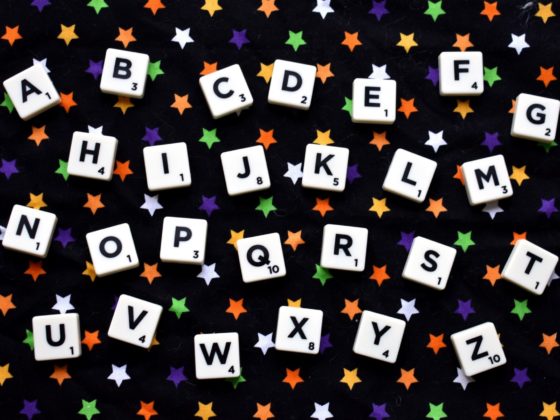With a yearbook packed full of great content, writing articles that stands out is no easy feat!
A good piece of writing comprises many elements. The topic, language, structure and even the design play a part in the success of your piece.
Objectives
You should have a clear idea of the message you wish to send the reader before getting into the weeds of writing. Are you writing to inform, inspire or entertain? Keeping this in mind will help you create a piece with substance and meaning – not just a fluff piece to fill the page. Colin Kennedy explains this further:
Headings
Without a compelling headline, your audience is unlikely to read it. This is especially true if the piece is long and calls for a larger time commitment. Headings don’t need to be complicated, but they should always be clear.
Within the context of a yearbook, a simple ‘Soccer’ or ‘Drama’ is often sufficient for short update pieces. Longer articles and think pieces do better when there is an element of mystery or intrigue. Try writing a few headings and ask an unbiased person which one makes them want to continue reading!
Structure
Article structure depends on the topic and style of the piece. Articles aimed to inform and convey news will be written differently than a think piece. For the majority of yearbook articles, conveying the ‘who’, ‘what’, and ‘where’ will be your main priority.
Begin your writing with a ‘hook’ to draw the reader in. In a busy yearbook, your article might need something extra to stand out. A funny or interesting anecdote can help bring intrigue and a desire to continue reading. Keep this first paragraph short so that is doesn’t look intimidating or exhausting.
Don’t make it hard for your audience to understand the subject and its context. For updates and informative pieces, convey the facts first. The first body paragraph should inform the reader of the most important details. Save less significant facts and background information for the later paragraphs.
Language
Your language choice affects the readability of the piece and how easy it is to understand. Don’t limit your audience by using fancy words; if there is a simpler way to say something, then you should use it. Shorter words and shorter sentences will also make your piece easier to read. Limit the number of sentences with over 20 words, and try not to use them consecutively.
Active vs. Passive
Include more sentences that use an active voice and limit your use of passive voice in your yearbook articles. A sentence with an active voice follows the style of ‘subject performs verb’. Whereas ‘verb is performed by subject’ is passive phrasing. Here is an example:
- Active Voice: Our netball team beat the opposing team.
- Passive Voice: The opposing team was beaten by our netball team.
Sentences that use an active voice are easier to understand and help add impact to your writing.
Consistency
Stay consistent with your language choice to prevent confusing the reader. Make sure you aren’t switching between past and present tense, or first and third person.
Transitional Words
Your writing should guide the reader through the piece with ease. Connective words create links between the different ideas you present. Here are some transitional words to use to establish hierarchy and relationship:
- However
- Because
- Firstly
- Therefore
- Also
- Too
Editing
Editing and proofreading are obvious must-do’s. There are great tools on the web to help you out with these, including Grammarly and Hemingway App. These can give insights into grammar, spelling and readability.
To ensure you don’t miss any errors, leave time between finishing your articles and editing them. You will be more likely to pick up on mistakes this way. Try reading your piece out loud to check the pacing, and have a second pair of eyes look the piece over.
Design
Page layout can have a big effect on how appealing your piece is to read. Something that is visually inviting is more likely to receive a second glance. See our 10 Design Rules for more information on quality yearbook design.
Simplicity
Give your yearbook articles room to breathe, by using white space and avoiding cluttered pages. Articles with substantial spacing between lines and columns make for a more relaxing read. Limit your word count and include corresponding imagery to absorb the reader in the narrative
Readability
All text should be readable, with large enough fonts and appropriate colours. Don’t make the reader strain to read your writing!
Ensure your lines of text aren’t too long horizontally. For articles that consume a whole page, use columns to help the reader navigate the piece. Don’t be afraid of starting a new paragraph. Breaking up your writing into digestible piece gives the reader time to catch their breath.
Capitalisation
Capitalised headings command attention and urgency. This style is best used for shorter headings, as it can appear as though you are shouting. Use in books that aim to be bold, or try pairing with more delicate fonts for better balance.


